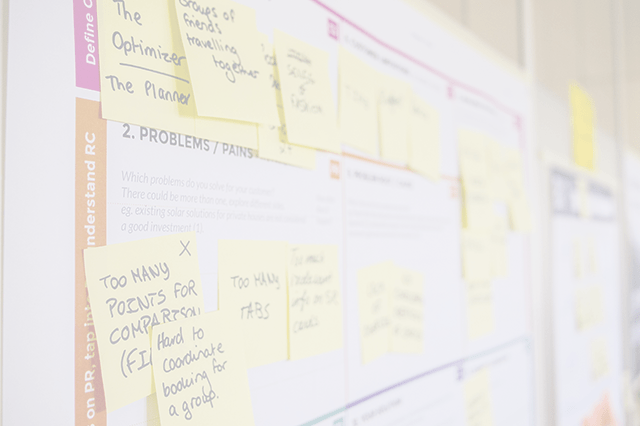Blame Chet
Blame is dangerous. It is contagious and brings out the worst in a team. In groups, where blame is often shared, people are less safe, there is less learning and innovation, and even productivity suffers.
From “Extreme Programming Installed”
Early on in the C3 project, the team was having a “discussion” about something that had gone wrong. Someone was trying to find out who had messed up. Chet got fed up with the witch-hunt and announced, “It’s my fault.” He took a card (we had a few around) and wrote “It’s my fault” on it and signed it. Then he put it in his desk and told everyone where to find it if we ever needed someone to blame.
The original wiki, the Portland Pattern Repository, documents this as Don’t Blame Just Do. If ever it finds the cartoon, that Dave Harris mentions, I would love to see it:
There’s a cartoon which shows a nuclear power reactor, very busy, a wall full of read-outs and controls, guys in white coats all going about their work except for one chap. He’s in a quiet corner, unshaven, reading a newspaper with a crate of beer beside him. The back of his chair reads “Fail Safe Man”. On technician tells another, “If anything goes wrong, we can blame him.”
By the time I learned the story many years ago, it had been reframed to the approach that, if your team is dealing with blame, stop. Send Chet Hendrickson an email saying, “I/We blame you for …” and Chet would reply, “I accept blame.”
Chet Hendrickson had the wisdom to understand this in the mid ’90s. Today, with the benefit of hindsight, I realize that Chet was anticipating all of the work in Psychological Safety.
Important Note - Chet is retired from accepting blame.
Resource Links
Blame contagion: The automatic transmission of self-serving attributions - inspite of the catchy title the paper is readable.
Related Books
- Extreme Programming Installed - by Ron Jeffries, Ann Anderson, Chet Hendrickson
